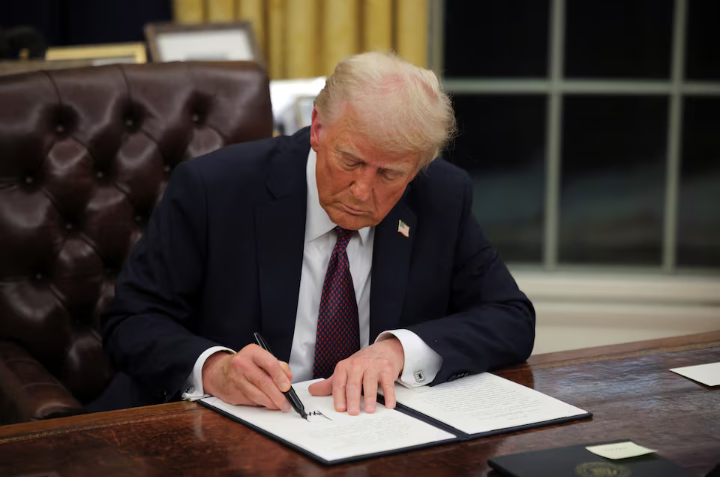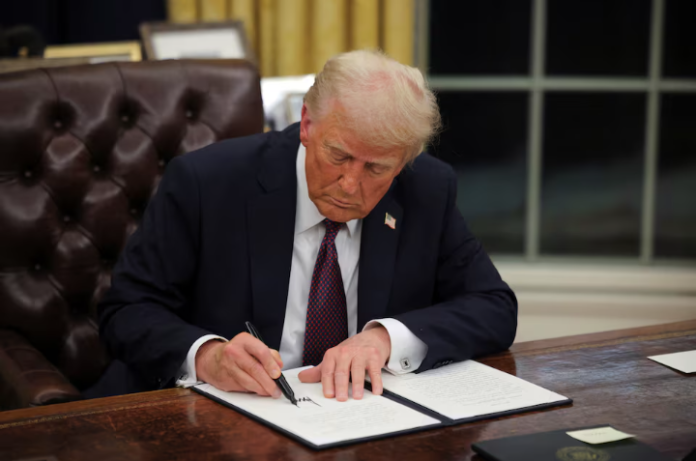President Donald Trump’s newly signed executive orders are already facing significant legal challenges, with immigrant and civil rights groups filing lawsuits just hours after his return to the White House.
The lawsuits, which target key aspects of Trump’s immigration and federal workforce policies, could set the stage for a prolonged legal battle during his second term.
Birthright Citizenship Under Attack
One of the most contentious orders aims to end birthright citizenship for children born in the U.S. to parents who are in the country illegally, present temporarily (such as visa holders), or lacking lawful permanent residency. Critics argue the order violates the Citizenship Clause of the 14th Amendment, which guarantees U.S. citizenship to anyone born on American soil.
The American Civil Liberties Union (ACLU) and immigrant organizations wasted no time in challenging the directive. Lawsuits were filed in Massachusetts and New Hampshire, including one by an expectant mother with temporary protected status, arguing that the executive order contradicts the 1898 Supreme Court decision in United States v. Wong Kim Ark, which upheld citizenship for children born in the U.S. to non-citizen parents.
If these cases proceed, any district court rulings will be reviewed by the Boston-based 1st U.S. Circuit Court of Appeals, where Democratic appointees dominate—a rarity in the federal judiciary.
Federal Workforce Shake-Up
In addition to immigration, Trump’s executive actions target federal employees. One order significantly weakens job protections for civil servants, making it easier to terminate federal employees and replace them with political appointees.
The National Treasury Employees Union, which represents workers across 37 federal agencies, has filed a lawsuit claiming the order violates existing laws protecting public servants from politically motivated dismissals.
Public interest groups and unions are also challenging the creation of the Elon Musk-led “Department of Government Efficiency,” alleging it breaches federal transparency laws.
Broader Implications

Legal experts and advocacy groups expect more lawsuits as Democratic-led states, including California and Connecticut, prepare to challenge Trump’s sweeping agenda.
The administration has remained silent on the lawsuits, but the outcomes of these cases could reshape debates over constitutional rights, labor protections, and government transparency.
Trump’s immigration order, in particular, threatens to disrupt the lives of millions, including over one million individuals currently under temporary protected status. If upheld, it would strip children born to certain non-citizen parents of their citizenship, a move opponents say undermines the Constitution and longstanding legal precedents.
Conclusion
The legal battles against Trump’s executive orders are just beginning, but they reveal deep divisions over the direction of his second presidency. With Democratic attorneys general and advocacy groups leading the charge, the courts will play a critical role in determining the limits of Trump’s executive power.



